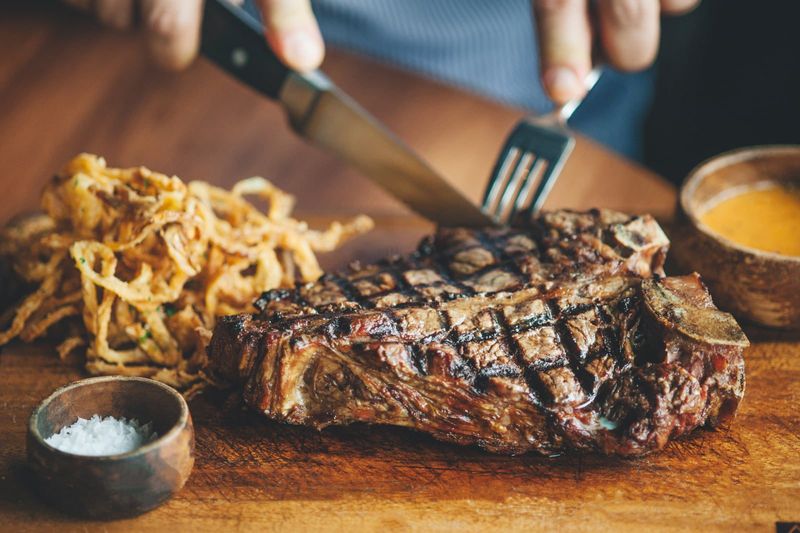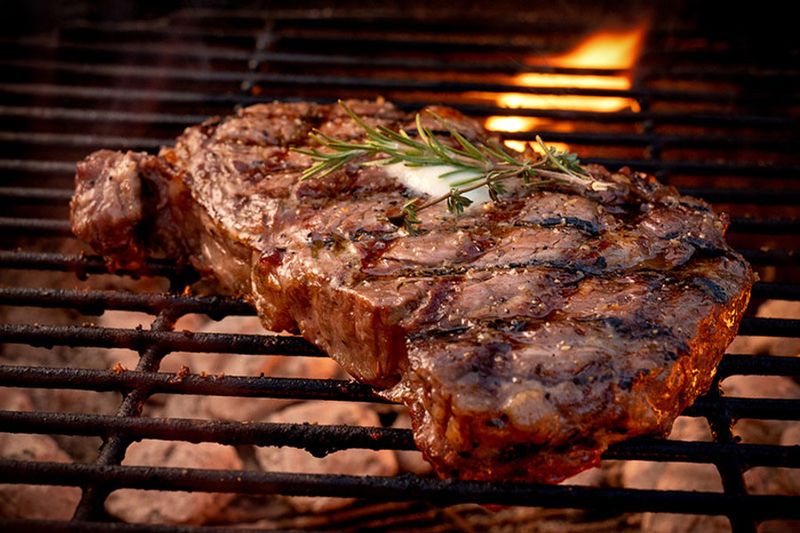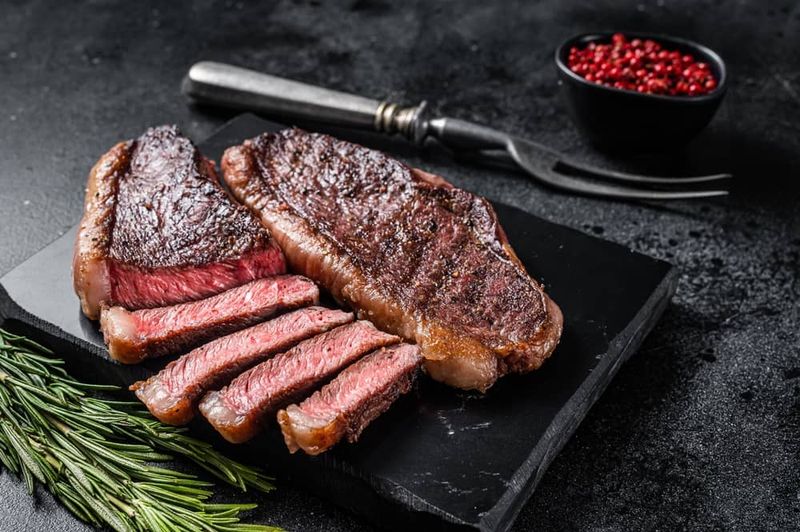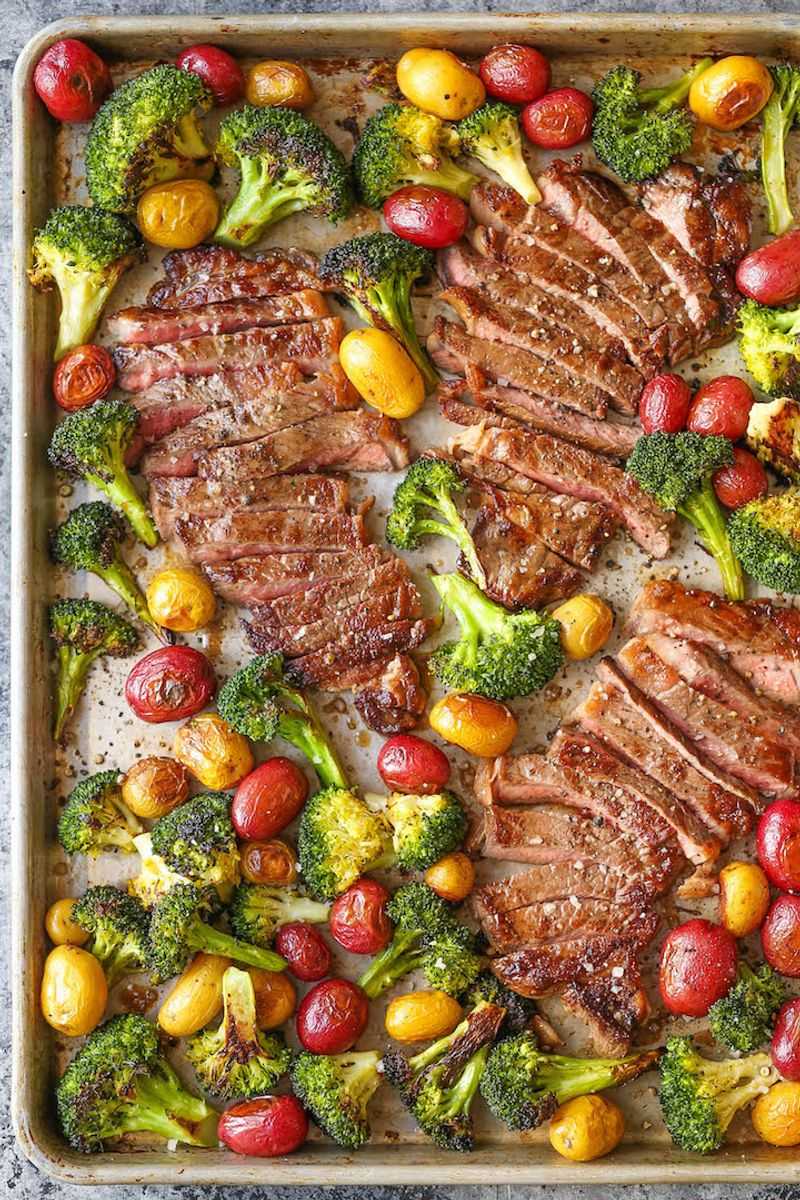Steak can feel like a celebration on a plate—hot off the grill, juicy, and full of bold flavor. But behind the sizzle is a whole world of nutrients, health perks, and, yes, a few red flags if you go overboard.
Understanding what’s really in that perfect bite helps you enjoy it smartly.
When done right, steak can absolutely be part of a healthy meal—it just takes balance.
1. Packed With High-Quality Protein

Every bite delivers a rich source of complete protein, which helps repair muscles and build strength.
It’s especially satisfying because it keeps hunger away longer than carbs or fat. For active eaters, lean steak can be a smart and tasty way to fuel up.
2. Rich In Iron That Boosts Energy

Iron from red meat is easy for your body to absorb, which is great for energy and focus.
Without enough, you might feel tired or foggy, especially if you’re growing or active. Just watch your portions—too much can stack up fast over time.
3. A Great Source Of Vitamin B12

B12 helps your brain, nerves, and red blood cells stay in top shape. Steak is one of the most powerful natural sources out there, especially cuts like sirloin or ribeye.
If you don’t eat much meat otherwise, an occasional steak can help keep your levels strong.
4. Full Of Zinc For Immune Support

Zinc is the quiet hero behind a strong immune system, and steak has it in spades. A single serving can cover most of your daily needs.
It also helps wounds heal and supports healthy growth, especially for kids and teens.
5. Saturated Fat Can Be A Concern

Some cuts are marbled with fat that looks beautiful on the plate—but adds up in calories and saturated fat.
Too much of it can raise health risks over time, especially for your heart. Choosing leaner cuts like flank or round steak can help.
6. May Raise LDL (Bad) Cholesterol

When steak becomes a daily habit, the saturated fat may bump up LDL cholesterol, which isn’t ideal.
That’s the kind that clogs arteries if left unchecked. Enjoying steak now and then, rather than often, helps you keep those levels in the safe zone.
7. Too Much Red Meat Linked To Heart Risks

Several studies have tied heavy red meat consumption to heart disease and certain cancers. It’s not about cutting steak out forever—it’s about not making it the star of every meal. Think of it as an occasional main dish, not an everyday staple.
8. Cooking Method Matters For Health

Grilling brings big flavor, but charring meat too much can create chemicals that aren’t great for your body.
Slow-roasting or pan-searing at lower temps is safer and still tasty. Marinating before grilling can also cut down on harmful compounds.
9. Portion Size Makes A Big Difference

A steak the size of your face might look fun—but it’s probably two or three servings in one.
Nutrition guidelines suggest around 3 to 4 ounces, which is roughly the size of a deck of cards. Smaller portions can still satisfy when paired with bold flavors.
10. Balance Is Key—Pair With Veggies And Whole Grains

Steak works best as part of a colorful, balanced plate. Adding roasted vegetables, leafy greens, or quinoa helps round out the meal and cut through the richness.
It turns a heavy dinner into something fresher and way more satisfying.

